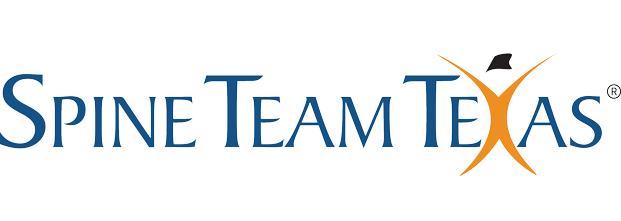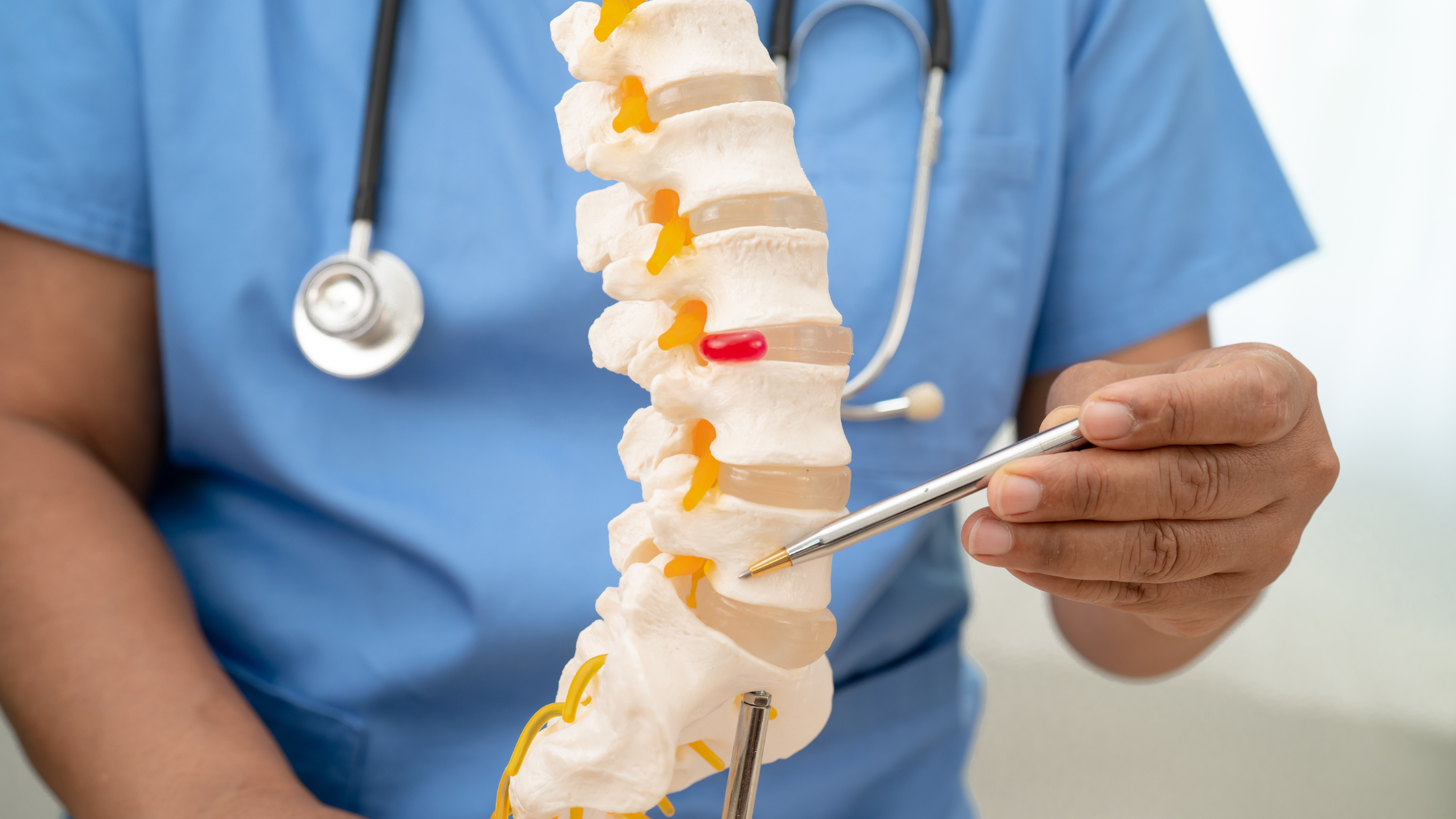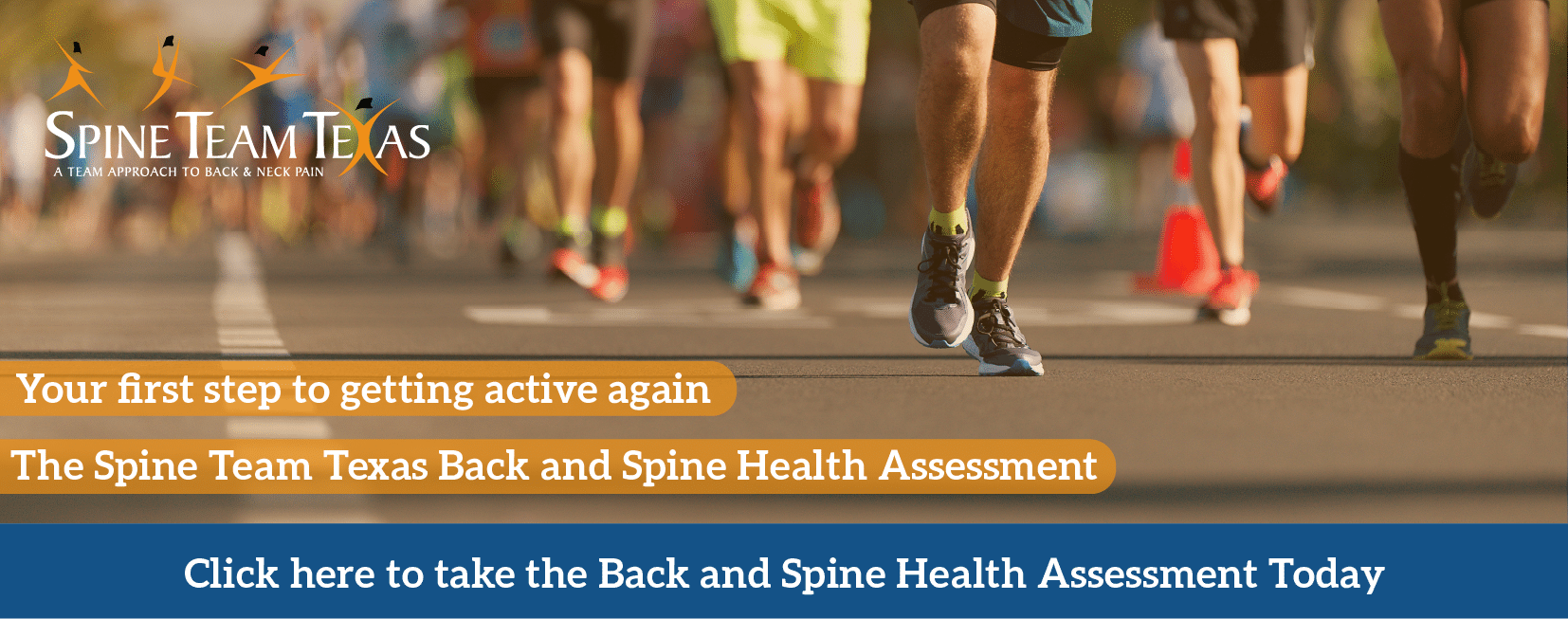Degenerative disc disease (DDD) refers to a collection of symptoms arising from the age-related deterioration of spinal discs. It can also result from an acute spinal injury that leads to the degradation or breakdown of the spinal column. Despite the term “disease” in its name, degenerative disc disease is not an actual disease; rather, it is a natural consequence of the aging process. The elastic discs positioned between the vertebrae function as shock absorbers, allowing the spine to bend and flex. As time passes, these discs become worn down, diminishing their protective capabilities. MRI scans reveal some level of spinal deterioration in most individuals over the age of 60.
Symptoms of DDD
The symptoms experienced depend on which disc has degenerated. One of the most common initial signs is pain and weakness in the back, which often radiates to other areas. This pain can range from mild and nearly undetectable to extremely intense, potentially hindering daily activities. Even if an individual typically experiences only dull or weak pain, they may encounter sudden episodes of severe pain. The discomfort may increase throughout the day due to activities such as bending, sitting, standing, and walking. Adjusting positions and moving carefully can help alleviate the pain. Initially originating from spinal damage, this discomfort may lead to additional conditions like osteoarthritis over time. As the pain radiates, individuals may feel discomfort in their buttocks and upper thighs, as well as tingling sensations in their legs or feet. If the affected disc is located in the cervical spine (neck region), the pain might extend to the shoulder, arm, or hand. Another possible symptom is spinal instability, which can trigger muscle spasms in the lower back as the body attempts to stabilize the vertebrae; these spasms can be quite painful.
Treatment Options for Degenerative Disc Disease
Typically, treatment for degenerative disc disease starts with nonsurgical approaches. Your doctor will assess the severity of your condition and propose treatment options tailored to your specific pain levels.
Nonsurgical Treatment Options
- Medications: Your healthcare provider may recommend NSAIDs or over-the-counter pain relievers, such as aspirin or ibuprofen, to reduce inflammation and alleviate pain.
- Physical Therapy: A physical therapist can instruct you on exercises designed to strengthen and stretch the appropriate muscles, aiding in the healing process. Learning how to modify movements for daily tasks can help prevent painful flare-ups. Specific exercises can enhance the strength and flexibility of the neck and back muscles, providing improved spinal support.
- Interventional Pain Management: Your doctor may suggest treatments like epidural steroid injections, spinal cord stimulation, or in certain cases, prolotherapy to manage degenerative disc disease. For many patients, a combination of physical therapy and pain medication offers sufficient long-term relief.
Surgical Treatment Options
If a comprehensive non-surgical treatment plan fails to deliver adequate relief, or if nerve or spinal cord compression is causing progressive neurological damage, your doctor may recommend surgery. Surgical options may include partial removal of the disc and other arthritic structures, such as bone spurs, to relieve pressure on the nerves or spinal cord. In some situations, the complete removal of the disc may be necessary, followed by the use of implants to fuse the affected level. In cases of cervical degenerative disc disease, disc replacement may be considered instead of fusion. If the issue is severe, your physician might permanently fuse the spinal bones after disc removal, limiting movement in the damaged area.
In addition to adhering to your doctor’s treatment guidelines, practicing self-care can significantly reduce pain and enhance spinal strength. Engaging in physical activity and making healthy lifestyle choices, such as maintaining a balanced diet, minimizing mental and emotional stress, and quitting smoking, can have a significant impact on this type of musculoskeletal condition.
Sources:
Hopkins Medicine
Medical News Today
Arthritis Foundation



